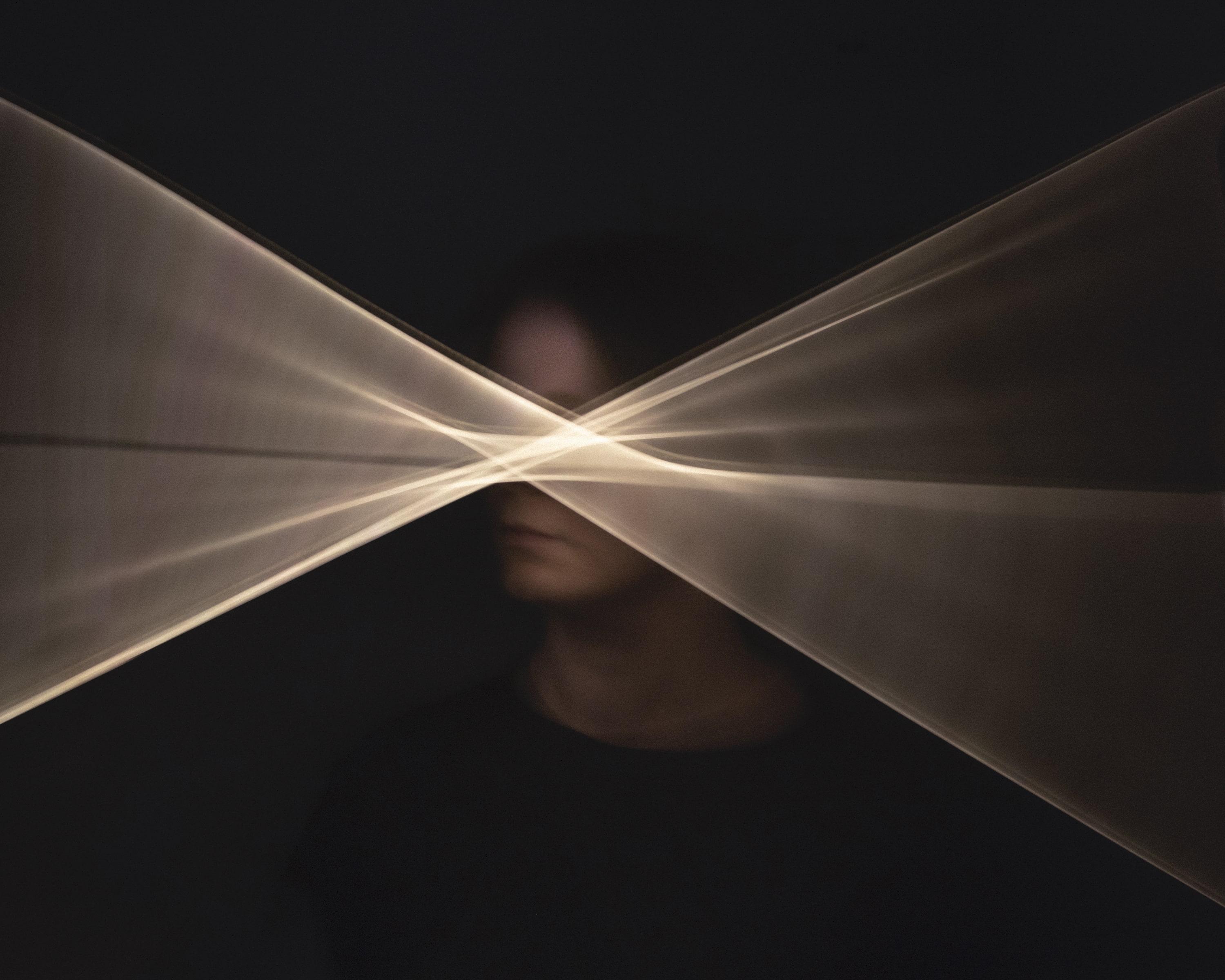In a conversation at the Byron Writers Festival in Australia, author Sarah Sentilles told journalist Margaret Throsby the following words: When people find out that I've left Christianity, usually the people of faith, they tend to ask me: “don't you...




